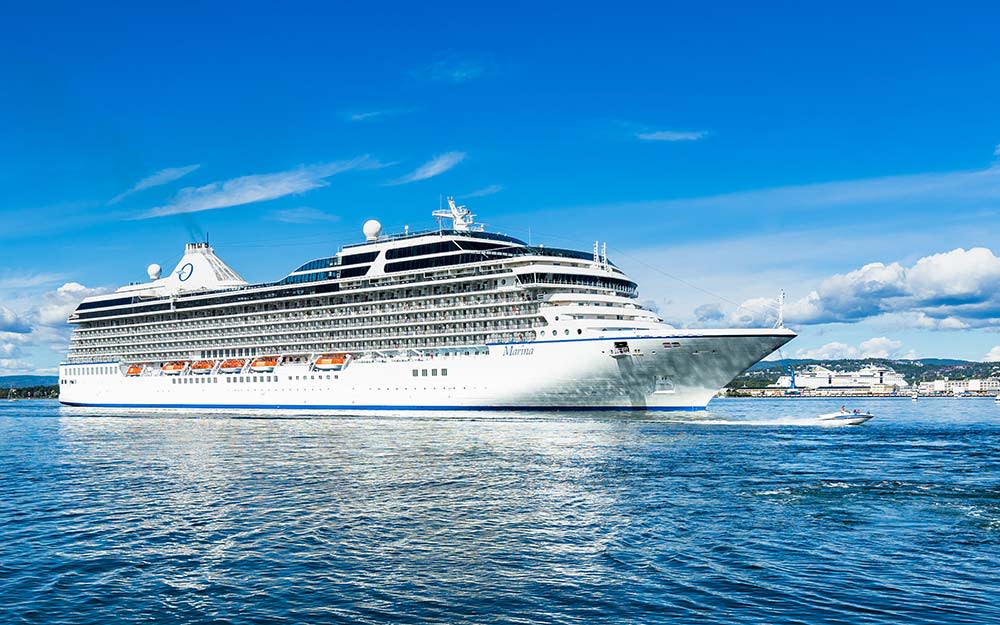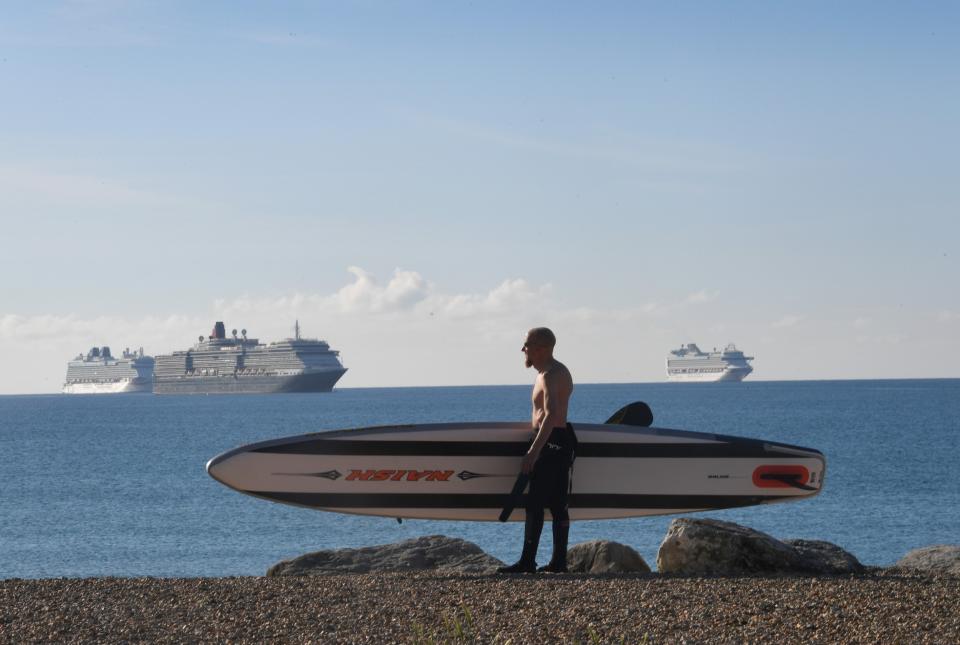EU guidance hailed as ‘step in the right direction’ for cruise comeback

Europe's cruise industry has taken a step forward following the publication of health and safety guidelines by the European Union.
The advice covers the on-board experience, high-risk groups, reduction in capacity and strict contingency plans for any future outbreaks of coronavirus.
While a handful of cruise lines have started sailing again, many continue to extend their pause in operations.
The 49-page document recommends cruise operators develop a “strategy for reducing the risks for Covid-19 among cruise ship passengers and crew” which “should cover the entire process, beginning at the time of booking and extending until passengers and crew have returned to their homes.”
The 'Interim Guidance for Restarting Cruise Operations' document, developed by the EU Healthy Gateways initiative, also applies to port terminals and shore excursions.
One part of the plan is for arrangements to be in place in advance of the voyage that will allow for a ship that discovers infection on board to dock, and for the port to help with shoreside quarantine and repatriation. Ships unable to disembark their passengers became a major problem as the pandemic took hold around the globe.

Cruise Lines International Association (CLIA), the world’s largest cruise industry trade association, labelled the guidelines as “an important marker in the possible resumption of cruising”.
Many of the measures suggested had been expected, and mirror those in place on land, such as the use of face masks and social distancing of at least 1.5 metres.
In each cruise ship, floor markings and the installation of plastic or glass screens in restaurants, bars and entertainment areas should be introduced, while the operation of indoor swimming pools is strongly discouraged.
Cruise lines “could consider” testing all passengers for Covid-19 before boarding, and the document calls for those in high-risk categories – such as those 65 and older – to speak to a doctor regarding their fitness to travel before cruising.
It goes on to state that many of the services and activities on vessels could be split according to age “so that older individuals are separated from other age groups”

The document calls for passengers in high-risk groups to consult a doctor to assess their fitness to travel before cruising. Activities and services could be organised according to age "so that older individuals are separated from other age groups". Crews would work in shifts to ensure little interaction between separate groups.
Cabins will be noticeably stripped back, no longer containing menus, magazines or any items that cannot be thoroughly cleaned between occupancies – which means goodbye to the mini bar. A disposable cover would be placed on the television and air conditioning remote controls.
The guidelines state that each ship must have the capability to individually isolate five per cent of passengers and five per cent of crew on board if they’re unable to disembark those with signs of the illness within 24 hours; if they can be taken off the ship within a day, the vessel’s isolation space requirement drops to one per cent of passengers and one per cent of crew.
Tom Boardley, CLIA secretary-general in Europe, said: “The primary concern of CLIA and its member lines is the health and safety of its passengers and crew. This guidance from the public health authorities in Europe provides a useful resource for cruise lines as they prepare to resume operations.”
Cruise lines are advised to start out with short sailings of three to seven days, with a reduction of port visits.
Andy Harmer, UK and Ireland director of CLIA, told The Telegraph that the early cruises will “probably be closer to home” and it’s likely to be “very much a phased approach, a slow return to service as we continue to collaborate. This remains a fast moving situation.”
The trade body has identified a number of factors that the resumption of cruising will depend upon, including arrangements at national and international levels, the levels of Covid-19 in various destinations, and advancements in detection, treatment, and prevention.
Guidance for the return of cruising in America has yet to be announced after the US cruise pause was extended until at least September 15.


